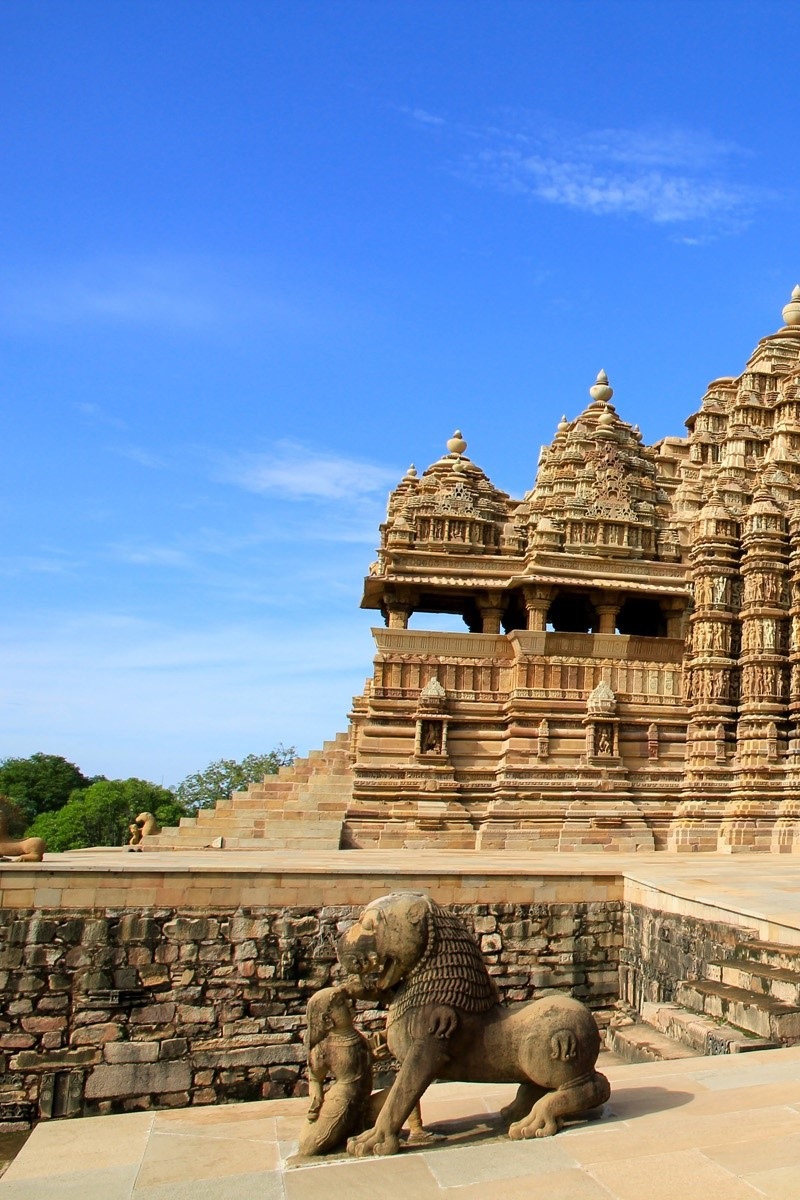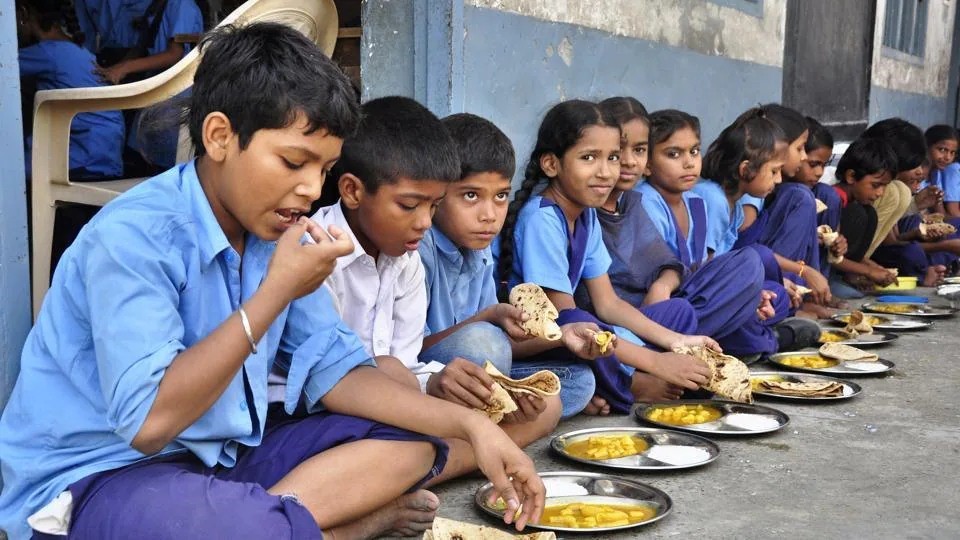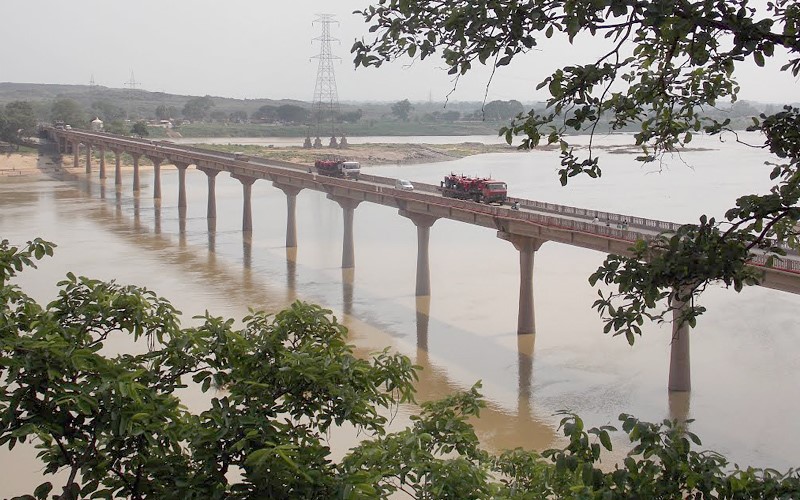Welcome to Labkafe ~ Orientallabs Retail Services Private Limited
The Chhattisgarh Board of Secondary Education, or CGBSE in short, controls the intermediate level of education in the state of Chhattisgarh. The Chhattisgarh board official website can be found here: https://cgbse.nic.in . They have built up quite a solid practical curriculum, and therefore we are presenting the CGBSE physics practical syllabus in this article.
The syllabus is quite detailed and covers all the skills a higher secondary level student should acquire by the end of class 11 12. This is quite a long syllabus, and for many reasons many schools do not choose to complete it. But if you are looking to pursue a career in the line of physics or technology, then you will need all the skills out of this set of experiments and observations. Naturally, this list comes very handy in this case, to chalk out which practicals you have finished and which not.

In Chhattisgarh board physics practicals, you have to learn to perform at least 15 experiments from each part, with at least 6 from either part. You will also have to record the experiments in a particular format (as told by the teacher or lab instructor) and submit the record at the time of the annual practical examination. Furthermore, you have to record 5 activities as demonstrated by your teacher or lab instructor, 2 from each part at least.
In the practical exam at year end, you will have 3 hours to complete the tasks given to you, for a total of 30 marks. You will need to complete two experiments (one from each section) of 8 marks each. You will also show your year-round practical work record which is worth 6 marks, and project report (explained below) worth 3 marks. Afterwards, there will be a viva season on all of the above for 5 marks.
Experiments
Demonstrations
Experiments
Demonstrations

The marks distribution and scheduling of the Chhattisgarh board practical syllabus for XII-th standard is similar to that of the XI-th standard. The experiments and activities are listed below.
Experiments
Demonstrations
Experiments
Demonstrations
Project
For CGBSE physics practicals, students need to submit one project report at the very least, at the time of the annual practical examination. The project can be one of the following, or on some other topic approved by the lab teacher.

While the above CGBSE physics practical syllabus may look large and detailed, it is not hard to complete. All you need is a good dry lab furniture setup in an ample, well-lit space, and Labkafe’s CGBSE Physics Lab Package. This lab equipment package is configured to provide all the lab apparatus, equipment, support items and consumables needed to perform all the experiments and observations given above.
What’s more, this lab package is customized to be an affiliation package for the CGBSE board. Meaning, if you are building up your school to get affiliated to the Chhattisgarh board, then you can use this ready-made package (suitable for 30 students) to get that easily. Cherry on top, the package is also highly customizable, so you can edit it to your heart’s content.
Labkafe is among the most promising laboratory supplies vendors in India. We manufacture and supply lab equipment, lab furniture, lab consumables, lab glassware, lab machines and more! Not only we manufacture lab items, we export to international resellers too. We fulfill CBSE ICSE ISC IGCSE IB State board affiliation requirements for schools by providing affiliation packages to schools. Our featured products are:
Chosen by over 1200 schools, colleges, universities, research labs, government agencies and private companies to build or renovate their laboratories, Labkafe stands as your best friend when it comes to labs. We are also a registered OEM on GeM. Our clients love us because we provide the best quality of lab products, free demos, free installation, and support for ever.
Do you wish to experience excellence too? Why not contact us today at [email protected], or call 9147163562 directly ‒ we are always available to serve. You can also use the chat button in the corner to connect to one of our representatives instantly!
Feb 16, 2023 by Biswajit Sana
Jan 24, 2023 by Biswajit Sana